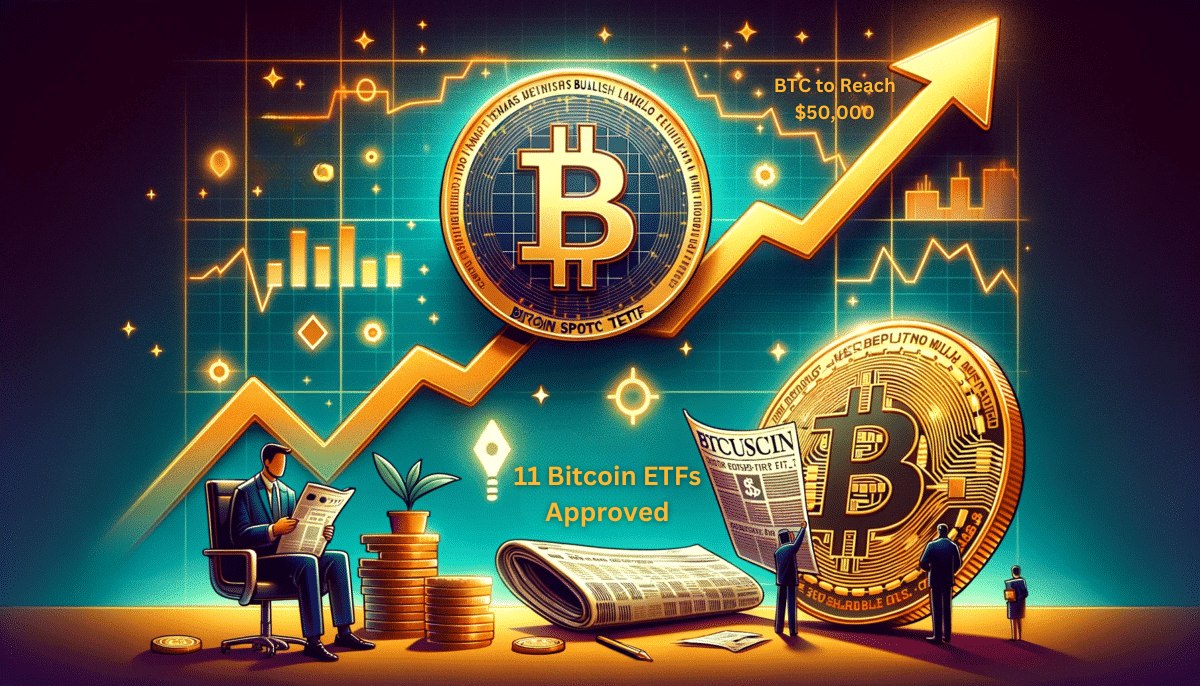Crypto investors are having a rough time right now. Demand is drying up, even though we’re supposed to be in a bull market. In the past month, there hasn’t been much interest in Bitcoin.
Google searches are down, and there’s been little activity on the networks. Futures funding rates even dipped into negative territory for a bit.
Let’s not forget the new Ether ETFs. They launched just over a month ago, but instead of seeing massive inflows, they’ve been bleeding money.
Bitcoin ETFs aren’t doing much better. They were supposed to be the golden ticket, pushing prices to fresh highs in March, but now they’re showing net outflows, too. Even BlackRock, the biggest and toughest one of them all is no longer immune.
As Michael Rinko, an analyst at Delphi Digital, puts it:
“The ETFs have been a smashing success. Bitcoin’s sitting around $60,000. Trump is on TV talking about the U.S. government buying Bitcoin. But, somehow, sentiment is still in the dumps.”
And he’s right. Since April 1, Bitcoin is down 12%. Ether has taken a harder hit, dropping 29%, while Solana is down 27%. Even Binance Coin and XRP have lost ground, slipping 10% and 8%, respectively.
Compare that to the S&P 500, which has gone up by 6%, or gold, which has climbed 12%. It’s like crypto is playing a different game and losing.
Is institutional interest in Bitcoin ETFs fading?
David Glass from Citi had something to say about this in his August 23 note. He pointed out that, although other risk assets also took a hit recently, crypto has underperformed on a volatility-adjusted basis since the last rebound.
While stablecoins are still seeing some growth in market cap, other crypto demand metrics have weakened across the board.
For Bitcoin, the recovery of ETF purchases is seen as a key driver for boosting demand. Federal Reserve Chair Jerome Powell’s announcement about upcoming rate cuts could help with that, as cheaper borrowing costs might push investors back into riskier assets.
There’s a catch, though. According to CryptoQuant’s Julio Moreno, there’s been a notable decline in the growth rate of whale holdings. In February, they were growing at about 6% per month.
Now, it’s down to just 1%. Moreno adds that, on a positive note, long-term Bitcoin holders – those who have never sold – are still buying up more, even faster than they did in the first quarter when Bitcoin hit its all-time high.
Bitcoin ETFs have been marketed as a big success story. BlackRock’s iShares Bitcoin Trust (IBIT), for example, now manages $23 billion in assets. Yet, despite this impressive figure, most of the demand seems to come from institutions.
Bitcoin might be up 44% for the year, but there’s little evidence to show that new money is flowing into smaller networks or fresh projects. That’s a letdown for many in the crypto space.
And it’s not just Bitcoin. The rest of the crypto market isn’t looking much better. The excitement that usually follows a Bitcoin rally – the kind where Ether takes off next and drags the rest of the market with it – just isn’t happening.
Right now, price speculation is still the name of the game.





